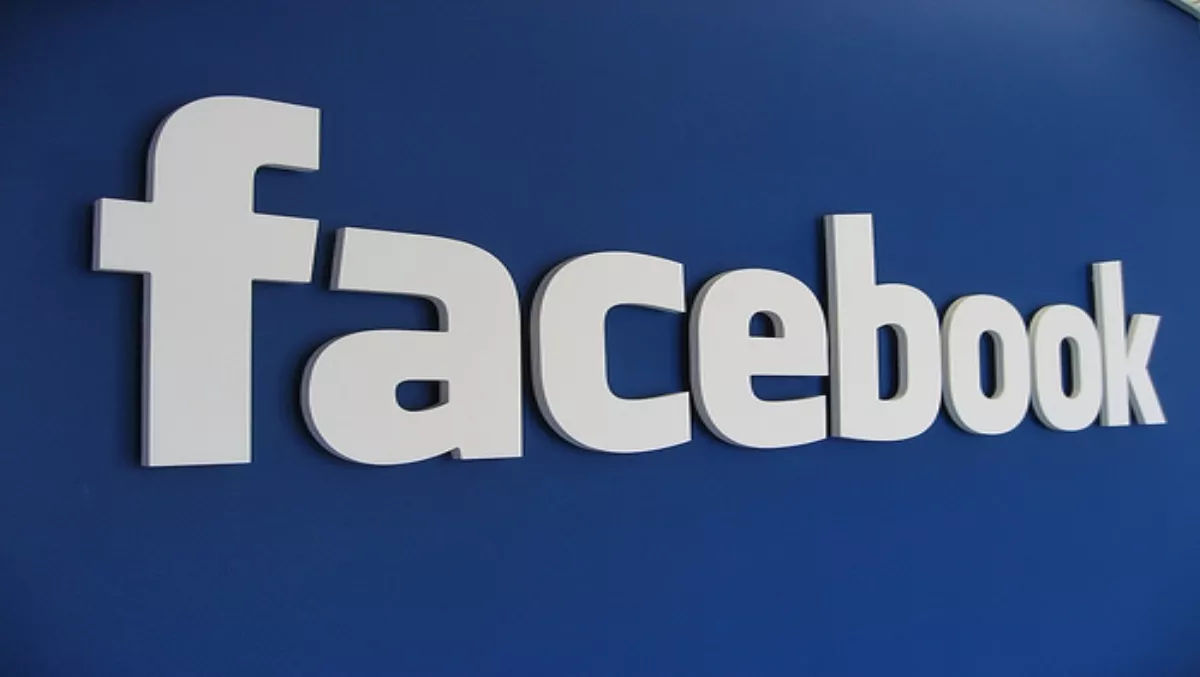
Layman's explanation of Facebook
Social media plays a major role in how we communicate, share files and photos, do business, and meet new people. We have witnessed the power of social media through the rise of YouTube stars and videos like KONY 2012, which had the ability to bring people from all over the world together in an online community for change. We have watched movies about Facebook (The Social Network), started making phone calls and conducting meetings over Skype, and watched celebrities repeatedly stick a foot in their mouths using Twitter.
It has come to the point where there are so many different social media platforms out there, we are beginning to lose track. And for those of us who never quite latched on to the social media bandwagon in the first place (which has now obviously proven to be much more than just a bandwagon!) this article is for you. So you can finally learn your tweets from your pokes, your hashtags from your diggs.
Part one of our series explains the basics of Facebook below. While tomorrow we will be explaining Twitter.FacebookSummary: A large social network where people create profiles, exchange messages, and report status updates.
Background: Facebook was founded by Mark Zuckerburg and his college roommates and fellow computer scientists in 2004. That’s right - eight short years ago there was no such thing as Facebook and even its former main-competitor, MySpace, was only in its infancy. The site was originally designed to connect students of Harvard (and was then called Facemash - it bore little resemblance to the Facebook of today), but gradually expanded to include surrounding US universities, and finally anyone (over the age of 13) in 2006.
Use it for: Keeping in touch with friends and family, sharing photos and videos, “creeping” people’s profiles, procrastinating.
From a business perspective: Great for brand exposure and customer relations, but not SEO friendly.
The Basics:Like - This allows other users to know if you appreciate a particular post or photo.
Poke - A way to interact with friends and has flirting connotations. Avoid poking in business matters!
Status - A microblogging feature to inform other users of your actions and thoughts.
Tag - Marks a photo, video, or post with text to identify specific people.
Getting Started
- First things first: if you’re under 13, bad news. You can’t join Facebook, which actually makes good sense. There are plenty of issues regarding privacy, appropriateness and security that make children under 13 simply too young to be on the Facebook social network.
- But let’s assume you’re old enough to take the plunge and join the sometimes icy waters of the world’s biggest social network: Facebook. Surf into www.facebook.com. Type in your name, email, desired password, sex and birth date. Visit your email account and verify your account by clicking the link that Facebook has sent you.
- Facebook will now offer to scan your email account and find Facebook members who are also on your contact list.
- Create your profile by filling out personal details and uploading a profile picture. After creating your profile, be sure to customize your privacy settings. Remember, it’s completely up to you what you share on Facebook and with whom.

